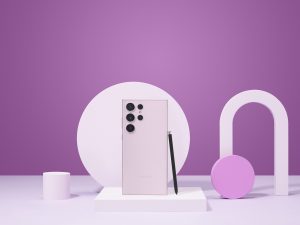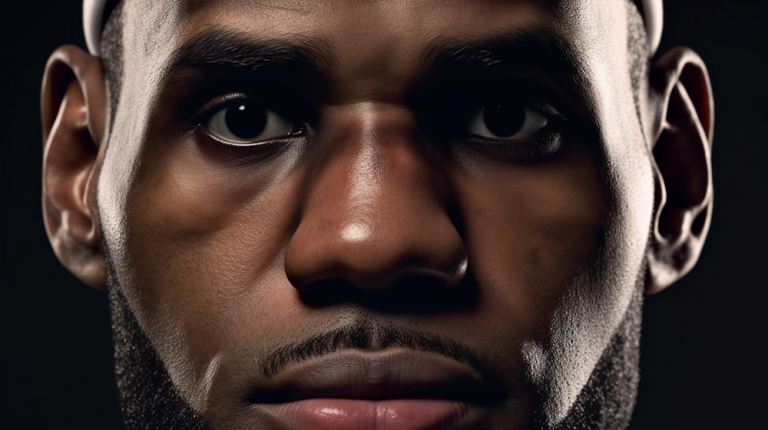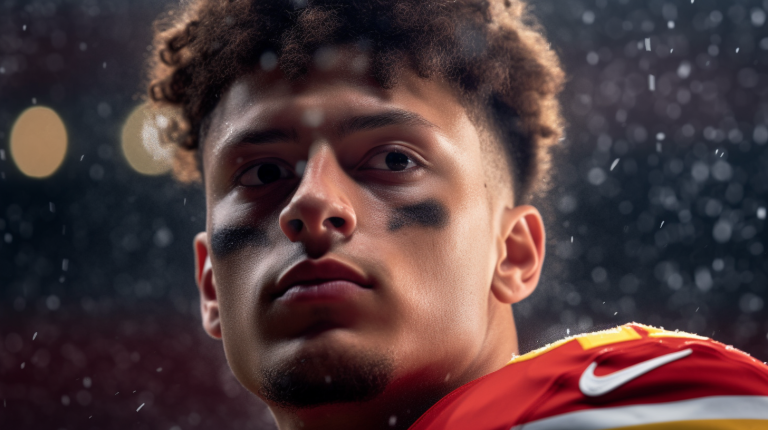The Splatoon 2 beta test, aka the Testfire event, had a server tick rate of just 12.5 Hz, as pointed out in an analysis here (Google Docs link, via Twitter user Octobyte).
A “tick rate” is how often the server sends information to the game client — the faster the tick rate, the smoother and more accurate the gameplay experience. 12.5 Hz means that the server sends data to the client 12.5 times per second.
To put the Splatoon 2 tick rate into context, the tick rate for Counter-Strike Global Offensive, one of the most widely played multiplayer shooters, is 64 Hz, more than four times that of Splatoon 2. For competitive CS:GO tournaments, the tick rate is increased to 128.
But a higher tick rate also requires more server resources, so developers of multiplayer games are always looking to find the right balance and tick rate, which is different for each game.
However, the original Splatoon had a tick rate of 25 Hz, twice that of Splatoon 2. Perhaps this is just for the Testfire — the final game hopefully has the same tick rate as the original.
For comparison, here are the tick rates of other popular multiplayer games (via NeoGAF)
- Splatoon 1: 25Hz
- Overwatch: 63Hz
- CSGO: 64 Hz
- Team Fortress 2: 66 Hz
- Battlefield One: 45 Hz
- Rainbow Six Seige: 60 Hz









